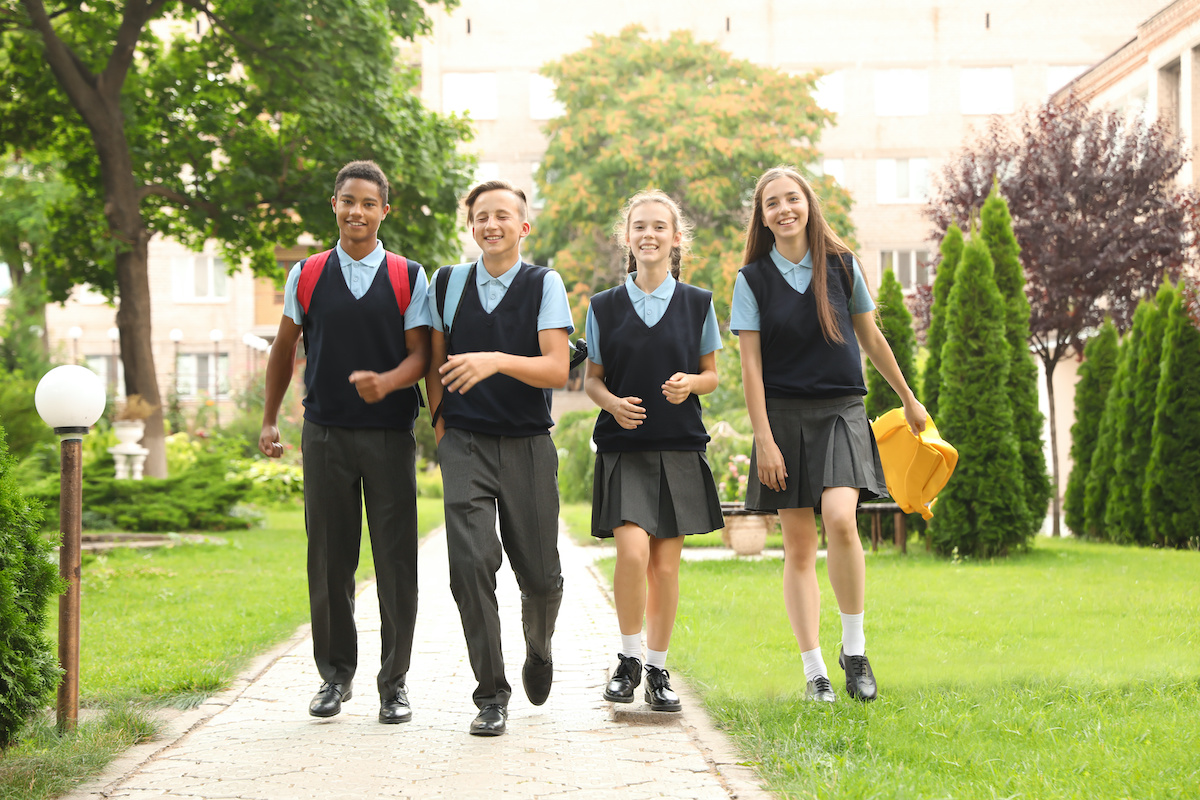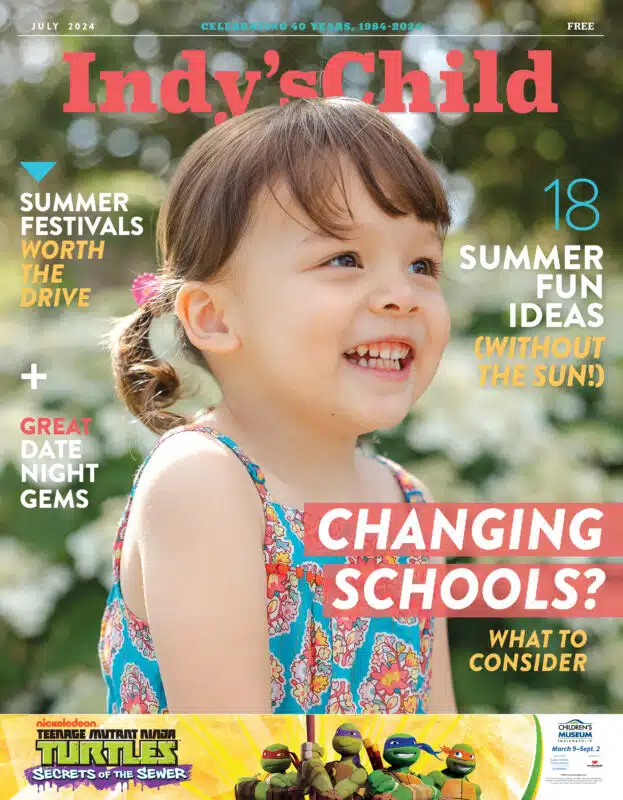The 2020 pandemic has led to virtual learning at home for many children. Because of this, parents, more than ever before, have had a front-row seat to their children’s learning experience. Some parents have begun to question whether public education was the best education for their children.
If you are considering sending your child to private school, here are five facts that private schools want parents to know.
1. Private schools offer smaller class sizes.
The student-to-teacher ratio in private schools is oftentimes half of what public schools can offer. Smaller class size means more one-on-one interaction with students and more meaningful planning time for educators.
A National Education Association policy brief published in 2008 stated, “The effect of smaller classes on student achievement extends far beyond the early grades. Follow-up studies … show higher achievement levels in reading, language, math, science and social studies. Additionally, students in smaller classes showed more positive behaviors towards engagement and learning than did the students in larger classes.”
2. Private schools can be affordable.
The idea of paying for an education can dissuade parents from even looking into private education. However, most private schools in the Indianapolis area offer financial aid, which is driven by parental income.
“Affordability truly varies by family,” says Alicia LaMagdeleine, head of school at University High School in Carmel. “While all families sacrifice some to invest in private school education, schools like University strive to keep tuition as low as possible while continuing to provide a high-quality, innovative, student-centered, safe experience. Donors subsidize the cost of attendance at many private schools, and at University, 71% of students receive some form of need-based or merit aid. Some people write off private schools, thinking there’s no way they could afford them. Please don’t let that stop you from checking out a school that may be of interest. Many private schools want to work with you to meet the costs associated with tuition to the extent we are able.”
3. Private schools offer a nurturing learning environment.
Due to smaller class sizes, and a low student-teacher ratio, private schools can prioritize teaching through relationships. This means that students play the role of co-learner alongside their teacher.
“As New York Times columnist David Brooks once wrote, students learn best from people they love,” LaMagdeleine says. “Everything at University is designed around relationships, from our one-to-one mentoring program, to our approach to classes, to our daily community meetings (even when they are held virtually). Putting so much institutional time and focus on building relationships not only increases student motivation and ability to learn, but it also makes our community strong enough in times of crisis, like this pandemic.”
Diana Borgman, head of school at Sycamore School in Indianapolis, agrees. “We promise every parent, ‘Your child will be known and loved,’” she says.
4. Private schools offer inclusivity in sports and extracurriculars.
A huge selling feature for many parents is the fact that their child will be able to try out for and participate in a variety of sports and extracurricular activities.
“Sports and extracurricular opportunities are just as prevalent at private schools as at public schools,” LaMagdeleine says. “At University, our athletes compete in IHSAA Class 2A sports and have several sectional championships in various sports and a state championship in baseball. What private schools can offer that is unique is an inclusive extracurricular experience. Whereas many public schools hold tryouts for their teams and have to cut athletes, at University, every student who wants to play a sport is given the opportunity to be on the team.”
5. Private schools are diverse.
Because of diversity initiatives in the 1980s and 1990s, private schools proactively search for diverse and qualified candidates. They work with families, providing financial aid when needed, to create a student population that enhances the learning landscape.









